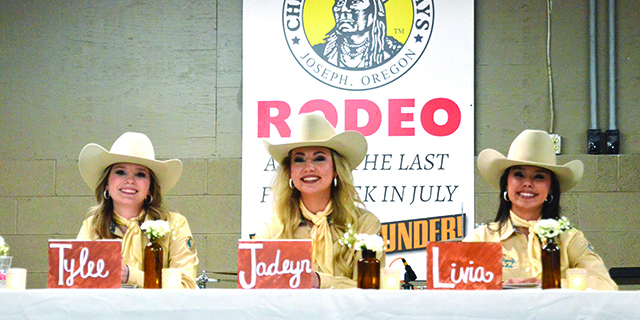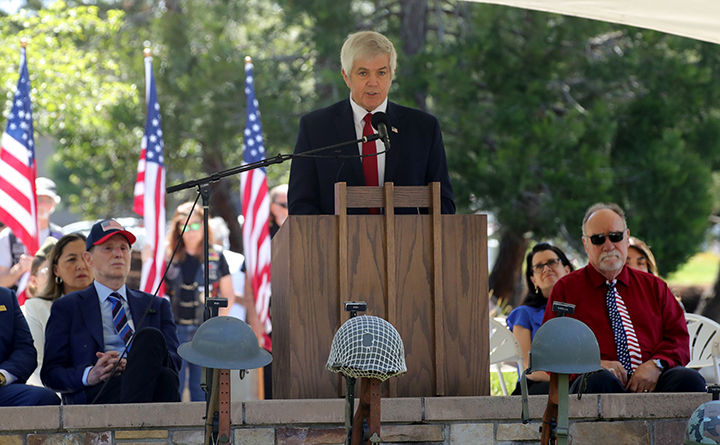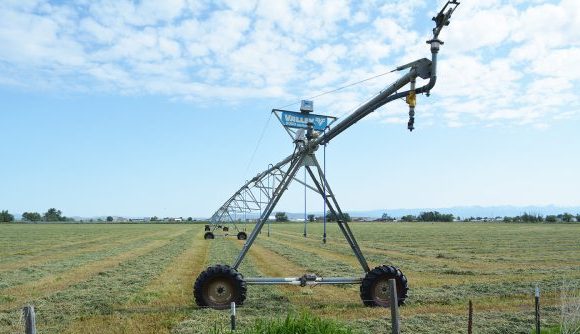Main Street: More, more, more
Published 4:00 pm Wednesday, February 18, 2009
I guess our country was built on the idea of “more,” beginning with more land and freedom for refugees from Europe, moving through Manifest Destiny, homesteading, and industrialization of big cities. But there has been another idea all along, the idea of “enough,” of families and friendships, jobs and communities that are fulfilling, that produce and enable lives that are important just as they are.
I was born in 1942 and started growing up in the 50s, just as the lines of more and enough were crossing. Excesses of the teens and 20s of the last century had been buried by the Great Depression and by World War II; people wanted to nest and settle and be safe. A new crop of Americans – war veterans in the lead – saw houses and education and a secure kind of home and family as the good life.
But soon a house with a yard, a garage and one car in it and three kids were not enough. Family farms and businesses became corporations, gray flannel suits replaced work clothes, and education became training. And two cars, two houses, two jobs and two or more of just about everything became the norm.
Education deserves its own paragraph, because traditionally, education is about “how” we lived, live, and should live. In my day, even big corporations asked for people with liberal arts educations who were at home in the world – the undergraduate degree in business was rare and not valued. IBM and General Motors would hire English and history majors, work them for a few years, then send successful employees for master’s degrees in business at Harvard, Stanford, or Wharton. Correct me if I’m wrong, but I think that these schools did not want undergraduate business degrees, probably didn’t offer them.
Gradually, as the safe 50s slid into the rambunctious 60s and laissez-faire or trickle down economics 80s, more grew in stature, to the point that a president could tell us that rather than domestic sacrifice for a foreign war we could best serve the country by shopping!
Now all of the kings men, the bankers, business advisers, economists, and MBAs, are having a heckuva time putting us back together again. And the arguments center on stimulus vs. tax cuts, but with the understanding that growth, that “more” is still what we need.
I don’t know what it will take to get us back on the enough track. There are signs of it, glimmers of hope in a world that is “more” crazy. The slow food and local agriculture movements point another way. And so do small towns.
Suburbs might be the apotheosis of more – more bedrooms, bathrooms, lawns, garages, and cars, and more miles from work, food, schools, and services. New developments, like one I recently saw in Corvallis, promote a diversity of housing sizes and types – rental, owned, apartment, single family, low income, high end – and include accommodations for recreation, walking paths, small shops and actual employment. They are recreating something that looks a lot like “enough.”
A new group of writers and thinkers is warning us about oil dependency, vanishing coastlines, systems breakdowns, small but persistent foreign wars, and other nasty things in the future. One such “dystopian” thinker, James Howard Kunstler, whose 1993 book, “The Geography of Nowhere,” is a staple in urban studies programs, suggests specifically that small towns are going to be “where the action is” in years ahead. According to Kunstler, suburbs and cities are just too complex and problematic.
But my favorite thinker on the subject is a writer-farmer from Kentucky named Wendell Berry. For years Wendell has praised the values of rural and cautioned about the problems of speed, size, and city. He pointed out 30 years ago that the industrialization of agriculture cost millions in lost jobs and dislocated people, that what seemed efficient in terms of production had a huge cost in terms of the human dislocations.
Wendell also has a math lesson on “more.” He suggests that an Amish family might keep six or 10 people alive and healthy on a 160-acre farm. They grow, preserve, and fix most of their own food, live in solid houses over generations, and sell off a few thousand dollars of extra product each year to supply cash income for goods and services they cannot produce. Their contribution to the gross national product is meager – that few thousand dollars.
Sell that farm to a mechanized couple with a few kids who buy agricultural equipment, feed, and fertilizer, purchase food and clothes from the store for themselves, then get divorced and hire lawyers to divvy up the place-and you get thousands of dollars added to the gross national product.
I’m not suggesting we all go Amish, but I think those old lines of more and enough are about to cross again, and Wallowa County and thousands of other small towns will be good places to ride out-or ride on-the enough line as they switch.









